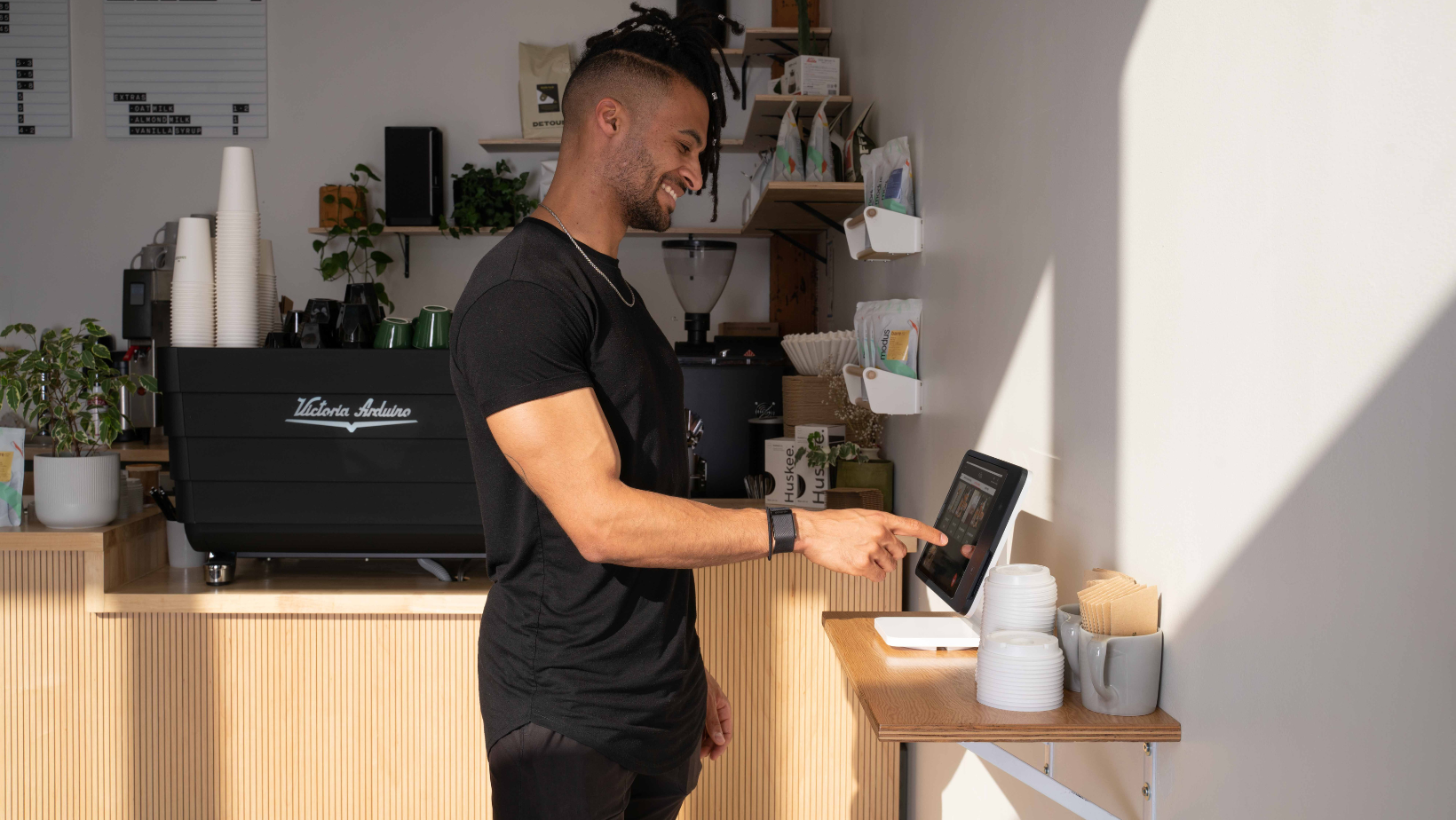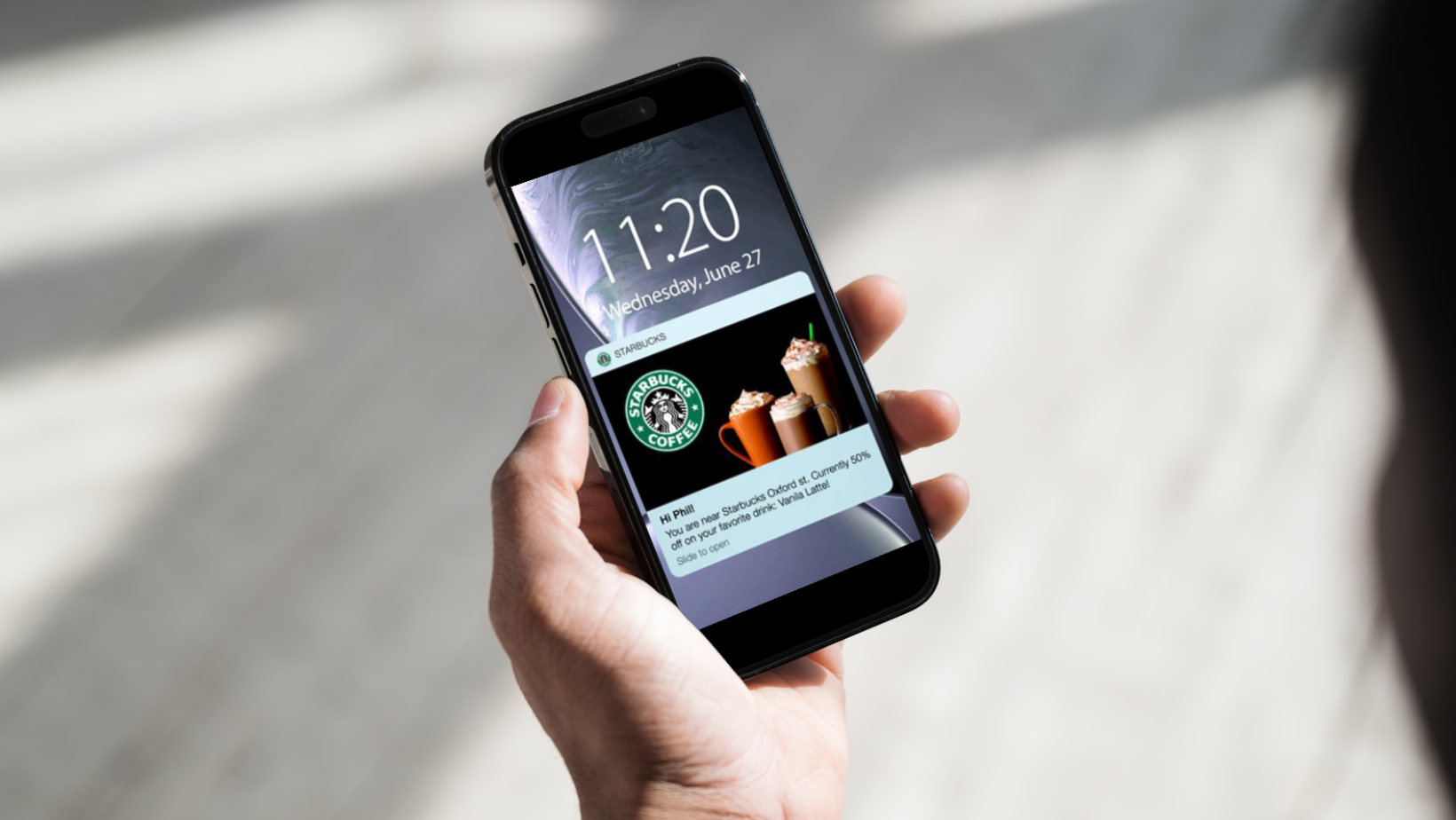Why Your Push Notifications Are Being Ignored (And How to Fix It)
Phones are an extension of ourselves—constantly buzzing, sending updates, and keeping us connected. The average U.S. smartphone user receives a whopping 46 push notifications per day. There's a lot of noise out there, but with the right strategy, a well-crafted push notification can increase your app engagement by 88%. Intrigued? Let’s dive in.
Optimize Your Engagement Tactics
Fine-tune your approach to engaging your audience for maximum impact. If your notifications are being left on read, here are some tactics that can make a big difference.
1. Notification Frequency
There's a fine line between being present and being overwhelming. Re-assess how often (or how little) you're talking to your audience. Industry averages suggest that 2-5 notifications per week is acceptable. It's all about maintaining balance—show up, but don’t overstay your welcome.
2. Location-Based Notifications
If you have location permissions on your app, use geofencing to hit your users with super relevant notifications. Imagine a customer walking within a few blocks of your café; your app could casually pop up and say, "Hey, fancy a cup of our signature roast? You're just around the corner!" It's timely, it's local, and it's inviting.
3. Rewards-Based Notifications
Everyone loves free stuff. Keep your customers coming back by using notifications to update them on their loyalty points or rewards status. A message like, "You're one cup away from a free latte!" can offer that gentle nudge towards repeat business.
Pull Their Psychological Levers
Ever wondered why some offers are too good to pass up, while others barely get a glance? The answer often lies in the subtle, but powerful, psychological triggers that drive our decision-making.
1. Loss Aversion: Create Urgency
We're all wired to hate missing out. A notification that says, "Last day for our 30% off dinner special!" taps right into that human instinct. It creates a sense of urgency and gets tables filled.
2. Anchoring: Set the Standard
Anchoring is about setting a mental benchmark that makes other options look better in comparison. A push notification that says, "Spend $20 and get a free appetizer," suddenly makes that $15 entree look like an even better deal.
3. Social Proof: Give Them FOMO
We often look to others when making decisions. So, telling your customers that "Over 1,000 people are already using our rewards program" can provide that extra encouragement they need to sign-up.
Segment Your App Users
Personalizing your notifications can drastically improve how your customers engage with them. Here's a good way to slice up your audience:
- Newbies: It's important to strike when the iron is hot. These are your potential regulars. Engage them early on; otherwise, they may drift away. Not so fun fact: Apps lose 80% of users within the first three months. If your app isn't opened within seven days of being downloaded, there's a strong chance it'll never be opened again.
- Regulars: Users who have recently made a purchase should be nurtured differently. Keep them engaged with notifications that upsell or introduce new menu items to them.
- Loyalty Members vs. Non-Members: Leverage exclusive perks for loyalty program members. For those yet to join, create an incentive to get them onboard.
- VIPs: High-spend customers are your VIP users. Think about offering them early access to special events or menu items.
- Idlers: If someone hasn’t engaged with your app in months, a “We’ve missed you, here's 20% off your next meal" could be just what you need to wake them up and bring them back.
The world of push notifications is much more nuanced than just sending out mass messages. By fine-tuning your approach—understanding your customers, using psychological nudges, and personalizing messages—you can go from simply occupying space on a screen to actually engaging your customers.
.png?width=86&name=Untitled%20design%20(83).png)


.png)